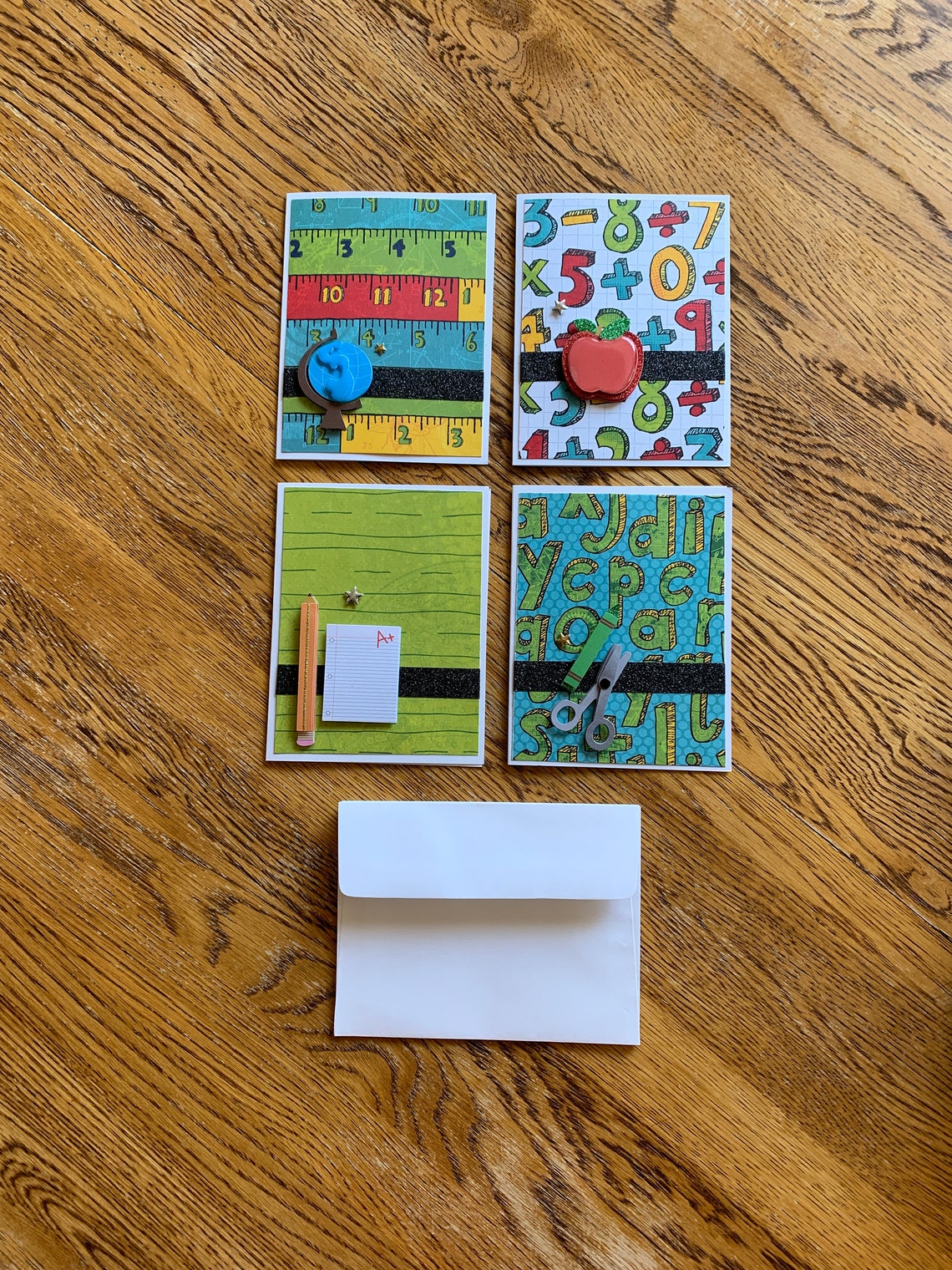
Many teachers note that their kids find it challenging to address postcards correctly (especially in the space allowed), so plan to practice in advance on separate sheets of paper. You can use pre-printed address labels for this task, or make this another learning opportunity for your students. (This allows you to include more information, generally.) 4. Once the messages are ready to go, you can have each student hand-write a few cards, or print out the messages and attach them to the postcards instead. Edit and proof-read these messages as you would any writing project. Encourage them to include a fact about your state and some of their own favorite things about where they live. Have your kids work individually, in small groups, or as a class to compose a message. Then, spread the word.Ī meaningful message makes the classroom postcard exchange special. Remember to ask each participant to provide their name, address, and email address. Or, create your own sign up list (sites like Sign Up Genius or Google Forms make this easy). Do a web search to find teachers who are already organizing an exchange, and join their group.
SCHOOL NOTECARD FULL
It might seem overwhelming to try to find classrooms in other states willing to participate in your exchange, but it’s not as hard as you think! The internet is full of teachers looking to do this project with their own classes. Create or join a classroom postcard exchange list.


(We’ve included information here for doing this in the United States, but this project can easily be tweaked for a global exchange.) 1. Here are five easy steps to get your own postcard exchange going. Kids will be exposed to parts of the country very different from their own, while enjoying the excitement of waiting for the daily mail. Ready for a fun and interactive project to teach United States geography? Then it’s time to do a classroom postcard exchange! Join other classrooms around the country to exchange postcards, facts, and personal messages from near and far.


 0 kommentar(er)
0 kommentar(er)
